Gatekeeper or Facilitator? What’s best for an agile leadership?
The term 'gatekeeper' is said to have its roots in mythology, and it wasn't until the late 20th century that it came into use more broadly, including its current use in the administrative field.
Often used to refer to an executive or personal assistant's prominence, particularly at the most senior level, it has defined the reputation of executive support professionals as the strict guardians of their boss' time and even physical space. A gatekeeper gets to control who is granted access and can assess who is "in or out".
It sounds like a powerful position, but is it?
The gatekeeper approach was widely admired in the past and is still used to describe many in executive support roles. However, that style of support does not align with the objectives of the agile leadership model, and it has become outdated terminology that is to executive support what analogue technology is to digital. It is also a term that directly correlates to the sticky stereotypes that don't serve the administrative profession in any way and hold back its necessary evolution. In the new way of business, and indeed, the future of work, the term 'gatekeeper' is not a positive label for anyone wanting to get ahead in the executive support space.
As the needs of organisations change, so has the way executive and personal assistants work with their managers and teams to facilitate outcomes. To be successful in their role, business assistants must become a facilitator in their space, not a roadblock.
To know how to develop agile skills, we first need to understand the world and mindset of the agile leader.
The agile leader manages with a fundamentally different mindset from traditional leadership. The agile leader operates within a more fluid, dynamic framework that requires creativity to spearhead innovative solutions. Their reliance on networks means that relationships are crucial and, in this manner, such networks are not static but fluid. Hierarchies restrict progress, which is why organisations moving 'at pace' seek to operate with a flatter, leaner organisational structure. This dynamic is often perceived as 'chaotic', but it's not so. The agile organisation supports fast thinking and quick decision-making and reinforces an environment where employees feel empowered to act quickly. Paying close attention to your organisation's or team's strategic objectives will reveal many insights necessary to adapt your work style to facilitate accordingly.
In the agile framework, competencies are king. Job titles provide clarity within a company's organisational chart, but the skills define how a particular function can contribute to strategic objectives. Learning how to be comfortable with ambiguity, confident with autonomy, yet collaborative and transparent in sharing information is vital to support leaders in this dynamic. Above all else is the build-to-break-to-learn growth mindset, which is not exclusive to a particular role; it is a requisite across the board.
In this context, it makes sense to reassess the skills and attributes in your tool kit. How can you leverage them to succeed within the agile dynamic? What's missing the presence of which would make a difference? What learning and development should you focus on to make the transition from a 'gatekeeper' mindset to that of an agile facilitator?
As a first step, to make the transition an effective one, the facilitation nature of the role needs to change from 'reactive' to 'proactive'. Communication, transparency, leveraging and manoeuvring across networks and applying a growth mindset are essential to meet changing business needs.
As an agile executive support professional, your biggest asset is your ability to keep expanding your knowledge and skills base. Seek to refine the skills that give you your superpowers and avoid the gatekeeper mindset to allow deep and meaningful professional growth.
Assistants who quickly adapt to this new way of work can optimise their leadership’s efforts with greater success than ever before.

